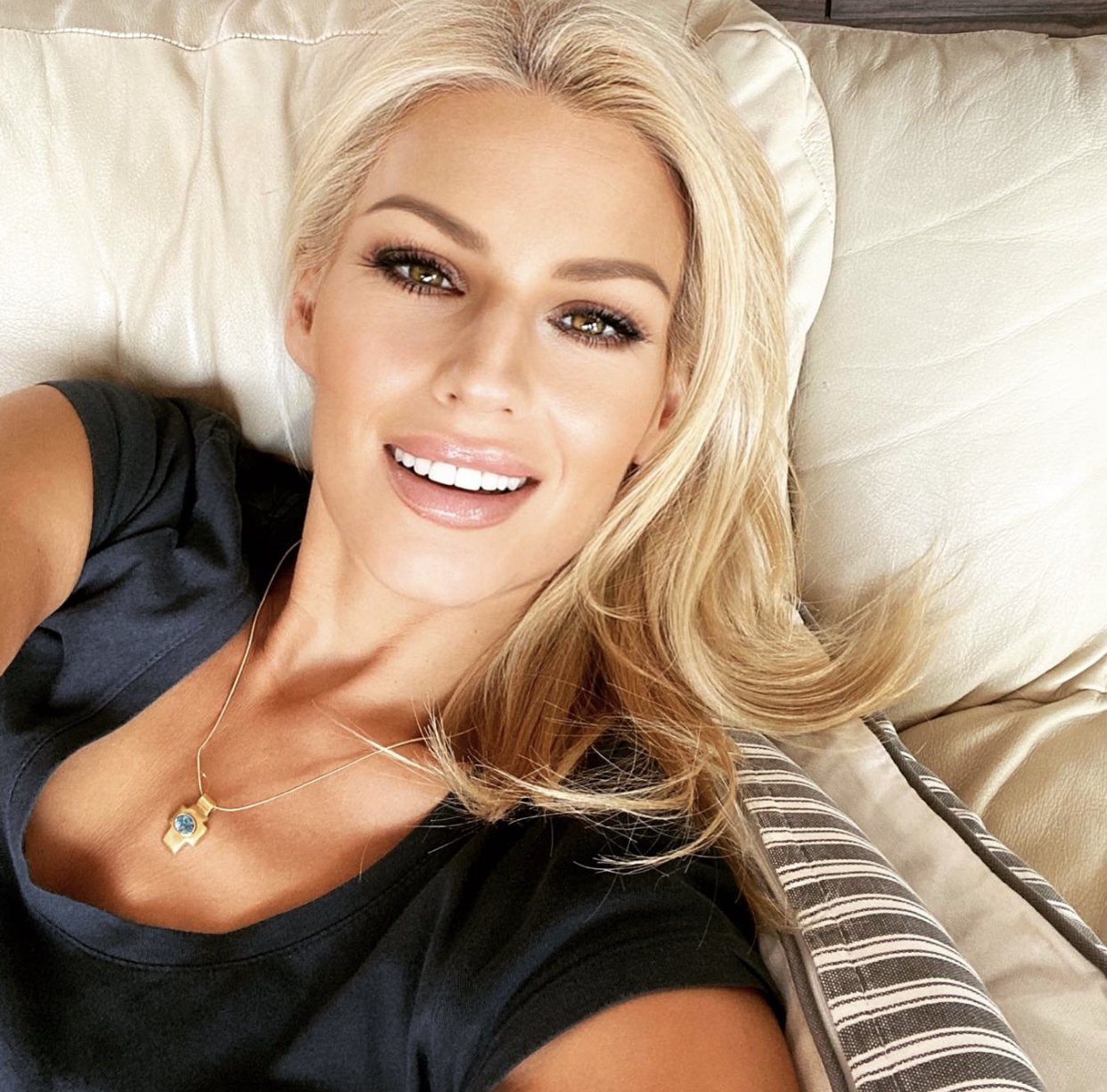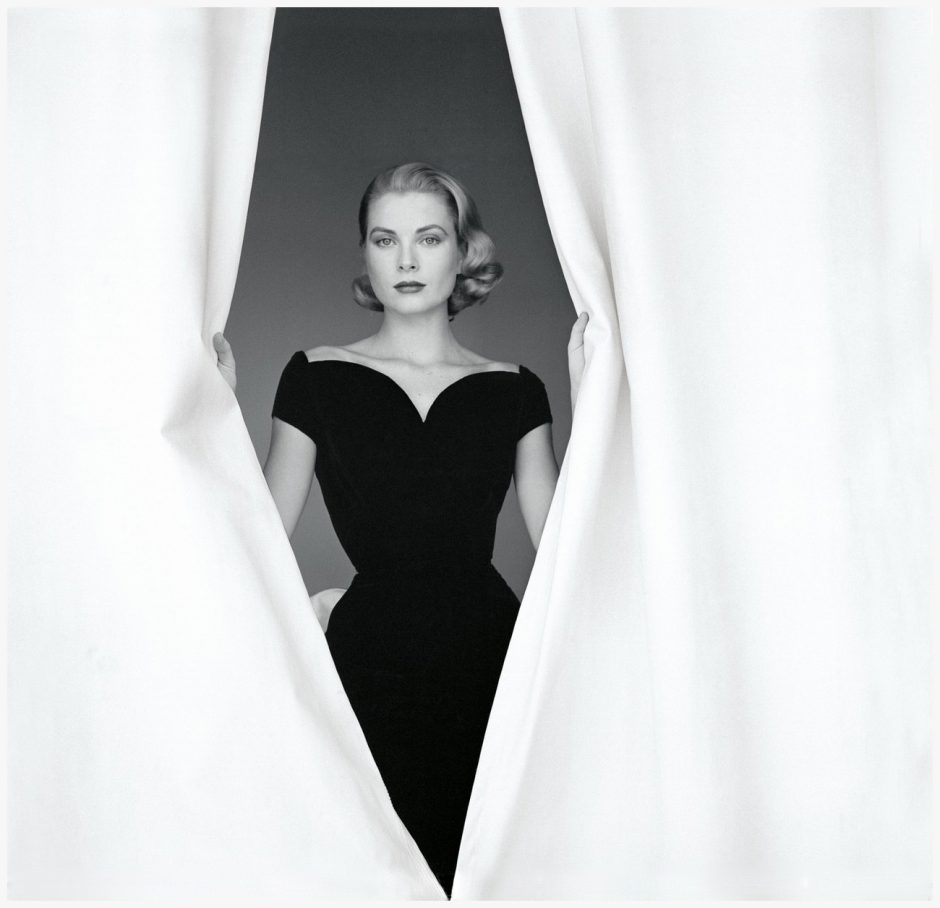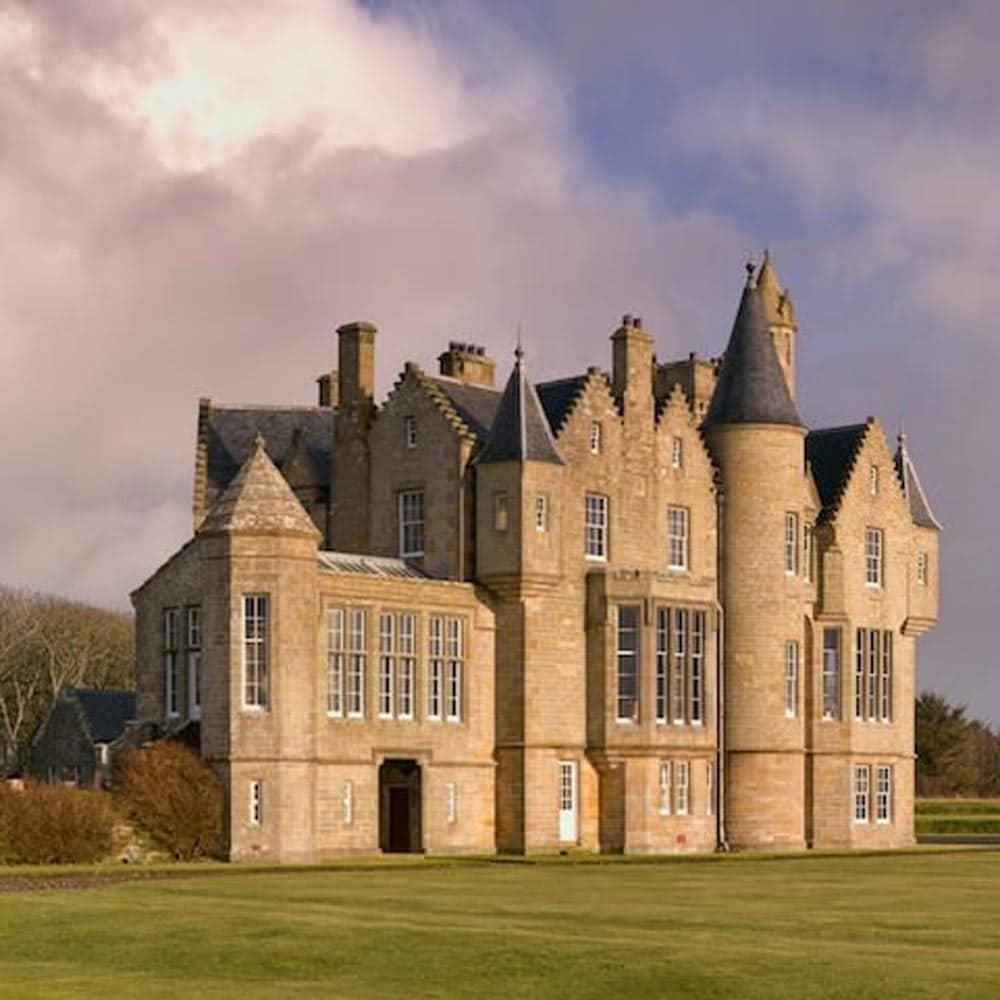Who was Christian Dior?
From Princess Margaret’s 21st birthday dress and Princess Grace’s favorites to Jennifer Lawrence’s red-carpet couture, here is a preview of what to expect from Christian Dior: Designer of Dreams.
Christian Dior ( 21 January 1905 – 24 October 1957) was a French fashion designer, best known as the founder of one of the world’s top fashion houses, also called Christian Dior, which is now owned by Groupe Arnault.
Christian Dior was born in Granville, a seaside town on the coast of Normandy, France. He was the second of five children born to Maurice Dior, a wealthy fertilizer manufacturer (the family firm was Dior Frères), and his wife, formerly Madeleine Martin. When Christian was about five years old, the family moved to Paris, but still returned to the Normandy coast for summer holidays.

Dior’s family had hoped he would become a diplomat, but Dior was artistic and wished to be involved in art. To make money, he sold his fashion sketches outside his house for about 10 cents each. In 1928, Dior left school and received money from his father to finance a small art gallery, where he and a friend sold art by the likes of Pablo Picasso. Three years later, after the death of Dior’s mother and brother and a financial disaster in the family’s fertilizer business, during the Great Depression, that resulted in his father losing control of Dior Frères, the gallery had to be closed.

From 1937, Dior was employed by the fashion designer Robert Piguet, who gave him the opportunity to design for three Piguet collections. Dior would later say that ‘Robert Piguet taught me the virtues of simplicity through which true elegance must come. One of his original designs for Piguet, a day dress with a short, full skirt called “Cafe Anglais”, was particularly well received. Whilst at Piguet, Dior worked alongside Pierre Balmain, and was succeeded as house designer by Marc Bohan – who would, in 1960, become head of design for Christian Dior Paris. Dior left Piguet when he was called up for military service.

In 1942, when Dior left the army, he joined the fashion house of Lucien Lelong, where he and Balmain were the primary designers. For the duration of World War II, Dior, as an employee of Lelong — who labored to preserve the French fashion industry during wartime for economic and artistic reasons — designed dresses for the wives of Nazi officers and French collaborators, as did other fashion houses that remained in business during the war, including Jean Patou, Jeanne Lanvin, and Nina Ricci. His sister, Catherine (1917–2008), served as a member of the French Resistance, was captured by the Gestapo, and sent to the Ravensbrück concentration camp, where she was incarcerated until her liberation in May 1945.

In 1946 Marcel Boussac, a successful entrepreneur known as the richest man in France, invited Dior to design for Philippe et Gaston, a Paris fashion house launched in 1925. Dior refused, wishing to make a fresh start under his own name rather than reviving an old brand. On 8 December 1946, with Boussac’s backing, Dior founded his fashion house. The actual name of the line of his first collection, presented on 12 February 1947, was Corolle (literally the botanical term corolla or circlet of flower petals in English), but the phrase New Look was coined for it by Carmel Snow, the editor-in-chief of Harper’s Bazaar.

Grace Kelly in Dior for ‘Rear Window’ film, 1954
The house of Dior was led by Marc Bohan from 1961 to 1989, one of the biggest designers of the era. During her years in Monaco Grace Kelly often turned to the timeless elegance of his pastel-pale looks, made-to-measure wool suits and classic Dior accessories, with a particular weakness for his hats.

In 2014,
the french fashion house announced its longstanding partnership with The Princess Grace Foundation. A perfect match, indeed. Fashion and celebrities’ never-ending romances make us wonder…Is haute couture anything without its icons?
“…Zest is the secret of all beauty. There is no beauty that is attractive without zest..”
Christian Dior

Natalie Portman in a vintage Christian Dior couture red dress from 1954, accessorised with Harry Winston jewellery and a Charlotte Olympia clutch, at the 2012 Oscars.
“…I wanted to be considered a good craftsman. I wanted my dresses to be constructed like buildings, molded to the curves of the female form, stylizing its shape..”
Christian Dior

Jennifer Lawrence in red Dior dress at Golden Globes 2013
Dior’s designs were more voluptuous than the boxy, fabric-conserving shapes of the recent World War II styles, influenced by the rations on fabric. He was a master at creating shapes and silhouettes; Dior is quoted as saying “I have designed flower women.” His look employed fabrics lined predominantly with percale, boned, bustier-style bodices, hip padding, wasp-waisted corsets and petticoats that made his dresses flare out from the waist, giving his models a very curvaceous form.

The “Bar” suit, Corolle, 1947, as displayed in Moscow in 2011
Christian Dior died while on holiday in Montecatini, Italy, on 24 October 1957. Some reports say that he died of a heart attack after choking on a fish bone. Time‘s obituary stated that he died of a heart attack after playing a game of cards. However, one of Dior’s acquaintances, the Paris socialite Baron de Redé, wrote in his memoirs that contemporary rumor was that the heart attack had been caused by a strenuous sexual encounter. As of 2018, the exact circumstances of Dior’s death remain undisclosed.

In February 2019, the V&A will open the largest and most comprehensive exhibition ever staged in the UK on the house of Dior. Spanning 1947 to the present day, Christian Dior: Designer of Dreamswill trace the history and impact of the couturier, and the six artistic directors who have succeeded him at his namesake brand, in what will be the museum’s biggest fashion exhibition since Alexander McQueen: Savage Beautyin 2015.

The V&A team, led by fashion and textiles curator Oriole Cullen and set designer Nathalie Crinière, will reimagine the major exhibition Christian Dior: Couturier du Rêve, organised by the Musée des Arts Décoratifs, Paris, for the south-west London gallery space.

Jennifer Lawrence’s sculptural Dior gown, on the Oscar 2013 red carpet
“We have about 50 per cent new content and it is all haute couture,” Cullen tells Vogue. “It’s quite phenomenal to think that every single garment in the show is handmade. Throughout the 70 years of the house, we see the high points and the amazing imagination of the designers at the helm. The garments themselves speak volumes, so this is very much a show that focuses on the fashion.”

Christian Dior with model Lucky, circa 1955
Within the 11 sections, which include “The New Look” (a focus on Dior’s famed Bar suit) and “The Dior Line” (the designer’s 10 defining looks from his 1947 and 1957 tenure at the house), will sit a new installation exploring the designer’s fascination with Britain. “It’s a story that hasn’t really been told before,” Cullen says of her extensive research into what the 21-year-old man from Normandy connected with upon his first visit to the country to perfect his English. “It was a very formative moment, and something he really associates with freedom and falling in love. From the grandeur of the great houses and gardens and British-designed ocean liners to the food he ate, which, most found less than appealing in the ’50s, the culture became an endless pool of inspiration for him. “And he loved British women – the way they wore their tweeds as well as their ballgowns,” adds Cullen.

Princess Margaret, 1949
“..Deep in every heart slumbers a dream, and the couturier knows it: every woman is a princess…”
Christian Dior
Princess Margaret, who paid his boutique a visit during her first European holiday in 1949, was one such woman Dior was “delighted” to count as a client. “He was very proud of the secret shows he staged for the royal family,” Cullen explains. After he had shown his first collection at The Savoy in 1950, he presented the looks to the Queen, Princess Margaret, Princess Marina and Princess Olga of Greece at the French embassy. “The models were told they were going there for lunch!,” Cullen laughs of the covert operation. Accordingly, a highlight of the exhibition will be the Dior dress Margaret wore for her 21st birthday celebrations on loan from the Museum of London.

Christian Dior 1956
Dior’s historical approach to fashion – he said of Britain, “I love this country because the past lies all around” – is often linked with the sober figure he presented in later life. But, Cullen advises, one of the most striking personal possessions on display will be a portrait of Dior from the 1920s. “He’s portrayed as a young, colourful figure, not the grey suited one that comes to mind,” she says.

Christian Dior with his models at his fashion house, 30 avenue Montaigne in the 50’s. Christian Dior founds his own house with backing from textile manufactures Marcel Boussac in 1946. Christian Dior shows his first collection in 12th February 1947 and the “New Look” is born. Paris, FRANCE – 50’s
Another piece that piqued the interest of the curator was Dior’s lucky star – an old metal token the designer found outside the British embassy in Paris. “He spotted it just when he was being approached to set up his own house, saw it as a sign and retained it as a lucky charm throughout his life,” notes Cullen. “He was always very superstitious – he consulted a medium and believed in signs and symbols. What’s lovely, though, is that the star has survived and it’s something that his successors have referenced.”

Christian Dior – Evening dress, 1950
Each successive artistic director – Yves Saint Laurent, Marc Bohan, Gianfranco Ferré, John Galliano, Raf Simons and Maria Grazia Chiuri – and the sensibilities each has brought to the house are given equal weight within the exhibition, as well as the beauty division that has thrived under each helmsman.

Christian Dior – Bride 1950
“Dior was always very interested in scent, it’s an important part of his story,” Cullen says of how the two have been interlinked since 1947, thanks to his childhood friend Serge Heftler-Louiche and his sister, Catherine, who worked closely on the perfume business with him.

Though the curation of 500 objects and transformation of the Sainsbury Gallery into the Dior world has been quick in relation to the V&A’s usual time frame, the museum laid the foundations of Christian Dior: Designer of Dreams long ago. “We’ve worked closely with the house and Soizic Pfaff, the wonderful archivist there, since the ’60s, so they were happy for the Paris exhibition to come to us,” Cullen summises. “The V&A audience has a real hunger for fashion, so we thought it would be great to show the amazing spectacle through our own lens.”

The exhibition “Christian Dior: Designer of Dreams” runs from February 2 – July 14, 2019 in the V&A’s Sainsbury Gallery. Tickets will go on sale in autumn 2018.
by Georgia Papadon
part of source: British Vogue
Big Thanks !






No Comments